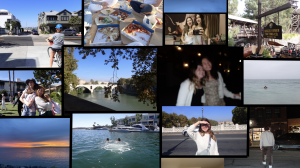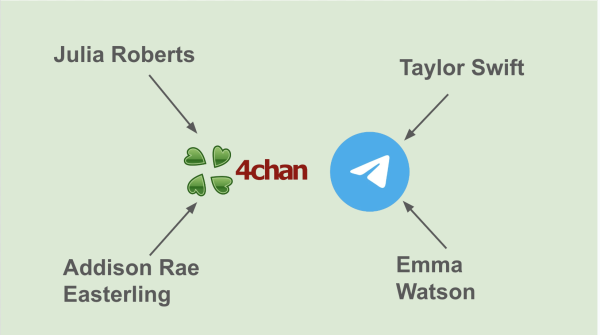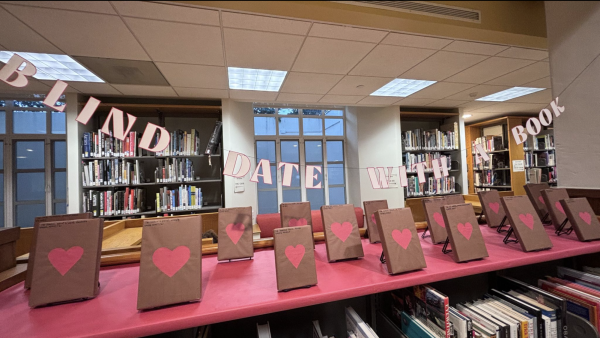Column: Transgender visibility: A continual effort
Photo credit: Charlotte Tragos
Stickers line the outside of my kitchen window promoting pride and transgender visibility. There are many ways to show your support for the transgender community following March 31.
May 2, 2022
Following the Transgender Day of Visibility March 31, we transition to action. Transgender people are being attacked across the United States and the world. In Ukraine, we see transgender women being forced to stay in their country. And, at home, in the U.S., our kids and their parents are being attacked. In Texas, there is a new law that condemns parents who allow their children to have gender-affirming medical care, calling it child abuse, even when informed by doctors’ supervision. In 16 states, “Don’t Say Gay” bills are being pushed to restrict young children’s access to learning about gender diversity at all.
There is a targeted campaign to politicize issues that impact the most vulnerable.
I toured many colleges over spring break and was struck by some stark differences. Sure, some campuses had better gyms and food courts, but it was something else that stuck with me the most. I’m interested in political science and certainly understand the need for things to be less divisive in our country. So, in some ways, it’s understandable why many high learning institutions would want to promote unity and “hearing from both sides.” But I was more impressed when I heard institutions didn’t take that approach.
At one college, my tour was interrupted by screaming 20-or-so-year-old men in suits, Catholics, who had taken it upon themselves to protest transgender youth in front of the university. I hypothesize that they were drawn to the lenient policies of the school to establish inalienable and undebatable truths like transgender people are safe here. The schools do not have a right to silence students, but they certainly can take a stance. I call on everyone to encourage their communities to abandon narratives of resolution and establish clear boundaries.
My younger brother exists; that’s a truth. Children are becoming subject to the opinions of ignorant hate groups; that’s another truth. Rather than attempting to create conversations with horrible people, let’s recognize the truth.
These hate groups weigh in on their medical procedures and choose to go into sports. It is absolutely no question that transitioning through a medical procedure is a big decision limited to a child, their parents and their doctor. Moreso, participating in sports further limits the medical procedures older transgender people can go through. Some higher-profile trans athletes are subject to unrelenting hate from the right on their choice to continue being an athlete as the truest version of themselves. The attacks are simple: homophobic and really not based on science.
The science is simple, irrefutable and honestly somewhat meaningless. In order to participate in the Olympics, for example, new policies have made sure that “no athlete has an inherent advantage and [the committee] moves away from eligibility criteria focused on testosterone levels, a practice that caused harmful and abusive practices such as invasive physical examinations and sex testing.” The NCAA has specific guidelines for hormonal treatment, meaning that no athlete has an unfair advantage. Sports are fair, yet personal attacks are senseless when policies are decades old to ensure the playing field is even.
Transgender people also have one of the highest suicide rates. According to a 2022 government study, “82% of transgender individuals have considered killing themselves and 40% have attempted suicide.” Transgender athletes are not excluded from these statistics. This is what attention should be focused on; this is what really matters.
Visibility is so much more than just representation. It’s creating spaces for conversations about inclusivity, it’s building environments for everyone to feel safe. In conversations, if it is not your place, don’t ask. Unless explicitly asked, “Please give your opinion on my identity,” you have no position butting in, and that action does more harm than the hopefully intended good. It’s calling out bigoted comments, especially when directed at vulnerable children. Questions like, “Do you even really know yet?” are examples of what absolutely harm children who are facing all sorts of attacks right now. They are watching their legislatures tell them they don’t belong. That they don’t matter. That their identity is not real. That they are not cared about. We have to prove them otherwise.
In the end, I was more impressed by some colleges that didn’t call for unity despite all, but rather seemed to hold a higher value: truth. Sure, some might say they are left-winning institutions that want to be gate-keepers, silencing the voices of those they don’t agree with. But I applaud the approach that all options don’t deserve a pulpit. Some folks are just hateful fools, and some folks have studied and researched and are peer-reviewed. And when those educated, informed folks disagree, great, let’s hear them out.





![Freshman Milan Earl and sophomore Lucy Kaplan sit with their grandparents at Archer’s annual Grandparents and Special Friends Day Friday, March 15. The event took place over three 75-minute sessions. “[I hope my grandparents] gain an understanding about what I do, Kaplan said, because I know they ask a lot of questions and can sort of see what I do in school and what the experience is like to be here.](https://archeroracle.org/wp-content/uploads/2024/03/grandparents-day-option-2-1200x800.jpg)





























































